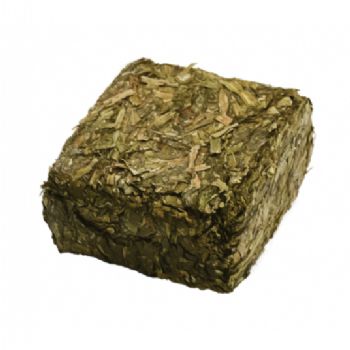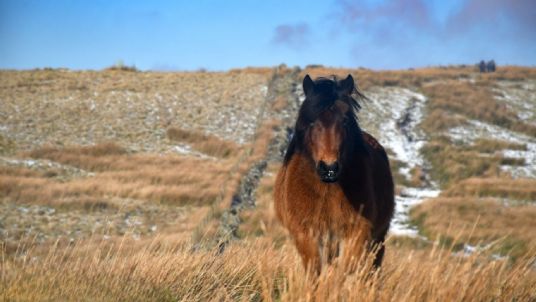Sainfoin is an ancient legume that has been grown by farmers across the world for hundreds of years. It is native to South Central Asia and was introduced into Europe in the 15th century. There is a record of sainfoin being imported into England from France in 1652. The name Sainfoin comes from the French saint foin or sain foin meaning "healthy hay". It was known that animals fed on sainfoin were healthier and put on weight more rapidly than on other forage. In the days when working horses were commonly used in agriculture, sainfoin was grown as a hay crop to provide high quality forage which would power the heavy working horses. In the south of England, one in seven fields used to be covered with sainfoin and it is still widely grown in northern Spain, Italy, Armenia, Ukraine, Kazakhstan, Kyrgyzstan and Georgia.
With the advent of cheap nitrogen and new strains of high yielding crops, the use of sainfoin started to decline in Western countries from the 1930s. However, with current interest in sustainable and organic farming there is renewed interest in sainfoin.
Sainfoin is a perennial legume herb that is highly palatable to animals and has an excellent nutritional balance. It thrives on alkaline soils, provides its own nitrogen and needs very little phosphate. Sainfoin has a deep tap root, making the plant highly drought resistant and hardy through the winter. These roots are also able to draw up minerals from well below the top soil, making it a highly nutritious forage for our horses.
Voluntary intake of sainfoin by cattle and sheep is 20% higher than for grass. Unlike many other legumes, it is non-bloating and studies suggest that it has several other highly beneficial properties due to its unique tannin composition.
Farming with sainfoin has excellent environmental benefits and it is known to be largely self-sufficient as a plant. Before the use of artificial fertilisers, sainfoin was commonly used to add fertility to the soil. It absorbs nitrogen from the atmosphere and transforms it into nutrients, reducing the need for fertilisers. Cattle fed sainfoin produce lower levels of greenhouse gases, helping to reduce the carbon footprint. Sainfoin is a favourite for both bumble and honey bees, and is commonly used in "pollen and nectar" mixes for headlands in arable farming, where it provides a great food source for insects. Honey made from sainfoin is known to be of the finest quality.
At Simple System we are dedicated to bringing you the very best forage feeds for your horse. We are delighted to have made sainfoin available to horse owners through our range of Sainfoin Pellets, Sainfoin Fibre Pellets, and our Sainfoin Brix.
You can view our full range of Sainfoin feeds here.









